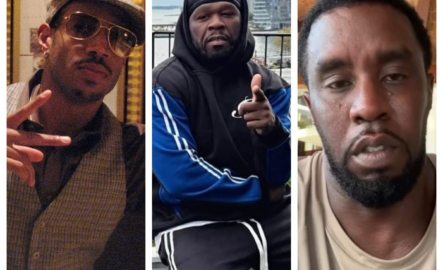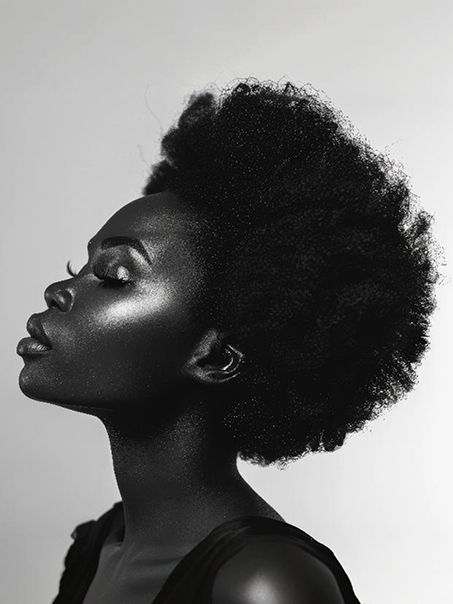In January this year, hip-hop aficionados in the United States and across the whole world remembered what more than half the world has forgivably forgotten – the 31st anniversary of Please Hammer, Don’t Hurt ‘Em, the third album in the stellar repertoire of Stanley Kirk Burrell, also known as MC Hammer.
The album was the second Hammer compilation that was released via a major label. The Oakland-born and raised rapper had carved a niche for himself in the mid-1980s music scene of boomboxes, street marketing, and discotheque enthusiasm. His first album was released independently through Bustin’ Records, set up by loans he had secured from two friends.
After Feel My Power, the first album in 1986, Hammer became a known quantity in a genre whose roots were still growing. Hip-hop, the sound invented by poor inner-city African-Americans in New York had not swooped the entire country even by the mid-1980s. It was a popular cultural phenomenon among Black people and Hispanics on the east coast. Early Hispanic contribution to the growth of hip-hop is largely overlooked but is thankfully documented. This contribution should make sense since hip-hop was the music of the poor and the marginalized and Hispanics were in this category then as most of them are now.
The sound found homes in parts of America with a considerable size of a Black community. Strangely, in the south of the country, particularly Georgia where there is a huge population of African-Americans, hip-hop did not take off until the early 1990s. Hammer’s turn in Oakland was the beginning of what has been called the new school Hip-hop phase.
The new school was the inception of hip-hop’s braggadocious flavor. Hammer’s first two albums had songs that spoke to this theme. He was also not afraid to insult other emcees or musicians at the dawn of his career. But new school hip-hop also marked the beginning of the music’s ability to carry social commentary and narrate the realities of Black identity in the United States. A Tribe Called Quest and KRS-One among others emerged from this period.
In fact, Please Hammer, Don’t Hurt ‘Em was inspired by the reputation Hammer had built for himself as a hard-punching lyricist. His second album – in truth, a revised version of the first – sold more than two million copies, making him one of the earliest hip-hop rappers to go multi-platinum.
However, this was also not just a win for Hammer but for the whole of the genre. As the hip-hop curator outlet put it:
[I]n ‘88 you see the arrival of N.W.A, Ice-T, MC Hammer (Oakland) and Sir Mix-A-Lot (Seattle). Add that to albums from established New York market artists (Run D.M.C and Public Enemy) and suddenly the hip-hop market is far larger.
Still, Hammer stood out from this lot because he was simply not a rapper but a maker of dance music where he infused rap. This uniqueness was highly noticeable in his second album, the first one released by Capitol. It is better to err on the side of the notion that higher-ups at the record label had something to do with this slight change in sound and style. In this time, the man known for his iconic pants and literal breath-taking dancing was accused of being a sellout who abandoned traditional hip-hop.
Never like Hammer to back down, he responded to the accusations saying his decision was a move to diversify the hip-hop genre:
I decided the next album would be more musical. People were ready for something different from the traditional rap style. The fact that the record has reached this level indicates the genre is growing.
It has to be argued that moving away from predominantly rap to dance music with rap was appealing to other communities other than those who invented hip-hop. Hammer’s Please Hammer, Don’t Hurt ‘Em was the first hip-hop album to sell 10 million copies, by and large, due to the single You Can’t Touch This. The rap was choppy and he relied on the instrumentals to carry the excitement but nonetheless, it was hip-hop.
Hip-hop has a long history of seeking and finding those it deems sellouts. Gangsta rap, the most enigmatic subgenre there is in contemporary world music, is a whole subculture that plays off an obsession with “realness” and factionalism. But what we can also remember is that America’s Black people have a right that is borne out of a horrific past to jealously guard their cultural inventions so much so that when a rapper starts appealing to white people, more than a few Black eyebrows went up.
For all intents and purposes, Hammer significantly contributed to the mainstreaming of hip-hop music. Mainstreaming is here defined as transcending narrow appeal.
We can also tell Hammer mainstreamed the genre by the fact that he was the first African-American entertainer to tempt multiple marketing divisions in corporate America into agreeing to various multi-million dollar deals. He had a doll and a cartoon show named after him by 1991, to put things into context.
All of this aside, there are very few rappers, if any at all, whose style and art’s essence live on for over 30 years. Hammer’s contemporaries are rightly revered but mostly for their lyricism and not for being pioneers of what hip-hop has become: a multidimensional rap-based way of life from fashion to politics, worth billions of dollars.










